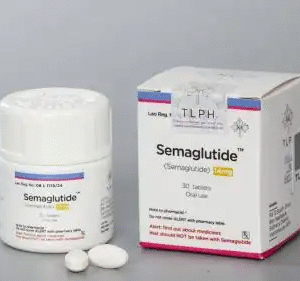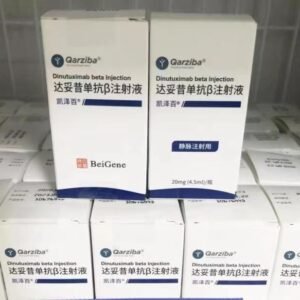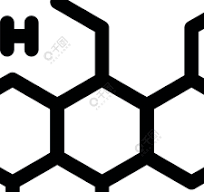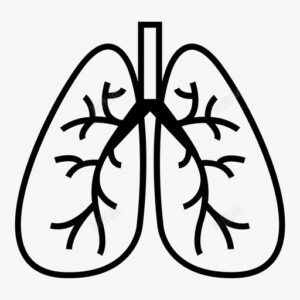Batroxobin
Functional Indications:
1. Acute cerebral infarction; 2. Improve ischemic symptoms caused by various occlusive vascular diseases (such as thromboangiitis obliterans, deep phlebitis, pulmonary embolism, etc.); 3. Improve peripheral and microcirculation disorders (such as: Sudden deafness, vibration sickness).
Dosage:
There may be differences in the usage and dosage of different dosage forms and specifications of this product. Please read the specific drug instructions for use, or follow your doctor’s advice. Batroxobin injection: 1. The first dose for adults is usually 10BU. The maintenance dose depends on the patient’s condition, usually 5BU, once every other day. The solution should be diluted with more than 100ml of normal saline before use and infused intravenously for more than 1 hour. 2. The initial dosage should be 20BU under the following circumstances, and the subsequent maintenance dosage can be reduced to 5BU: (1) When the blood fibrinogen concentration reaches above 400mg/dl before administration. (2) Severe patients with sudden deafness. 3. For patients with acute cerebral infarction, the first dose is 10BU, and the other two doses are 5BU each, once every other day, a total of three times. Dilute with 250ml of normal saline before use and instill intravenously for more than 1 hour. Thereafter, other drugs for treating cerebral infarction should be continued. 4. The usual course of treatment is one week, which can be extended to 3 weeks if necessary; chronic treatment can be extended to 6 weeks, but during the extended period, the dosage per time is reduced to 5BU and dripped every other day.
Adverse reactions:
1. Blood: Sometimes there will be an increase in eosinophils, an increase or decrease in white blood cells, a decrease in red blood cells, a decrease in hemoglobin, etc. 2. Liver: GOT and GPT are elevated, and sometimes alkaline phosphatase is elevated. 3. Kidney: Sometimes BUN increases, serum creatinine increases, and proteinuria occurs. 4. Digestive system: Nausea, vomiting, stomach pain, loss of appetite, stomach discomfort, etc. may occur from time to time. 5. Mental nervous system: dizziness, staggering steps, headache, heavy head, numbness, etc. may occur from time to time. 6. Sensory organs: tinnitus, eye pain, hazy vision, ocular tremors, etc. may occur from time to time. 7. Metabolic abnormalities: neutral fat increases, total cholesterol sometimes increases, etc. 8. Allergy: skin rash, urticaria, etc. may occur from time to time. 9. Injection site: subcutaneous bleeding, delayed hemostasis, vascular pain, etc. may occur from time to time. 10. Others: Chest pain, fever, cold sensation, unpleasantness, weakness, epicarditis, nasal congestion, etc. may occur from time to time. 11. It is rare to cause shock, so the condition should be carefully observed, and administration should be terminated if abnormalities are found. Sometimes there is a tendency of bleeding, so patients should be observed carefully. If abnormalities are found, administration should be terminated, and appropriate measures such as blood transfusion should be taken.
Medication contraindications:
The following patients are prohibited: 1. Patients with bleeding (bleeding tendency caused by coagulopathy, vascular disorders, active gastrointestinal ulcers, suspected intracranial hemorrhage, thrombocytopenic purpura, hemophilia, during menstruation, during surgery, Urinary tract comes out
Share:
Products
Our offers
Health Classification
Let us work together to protect precious health



























